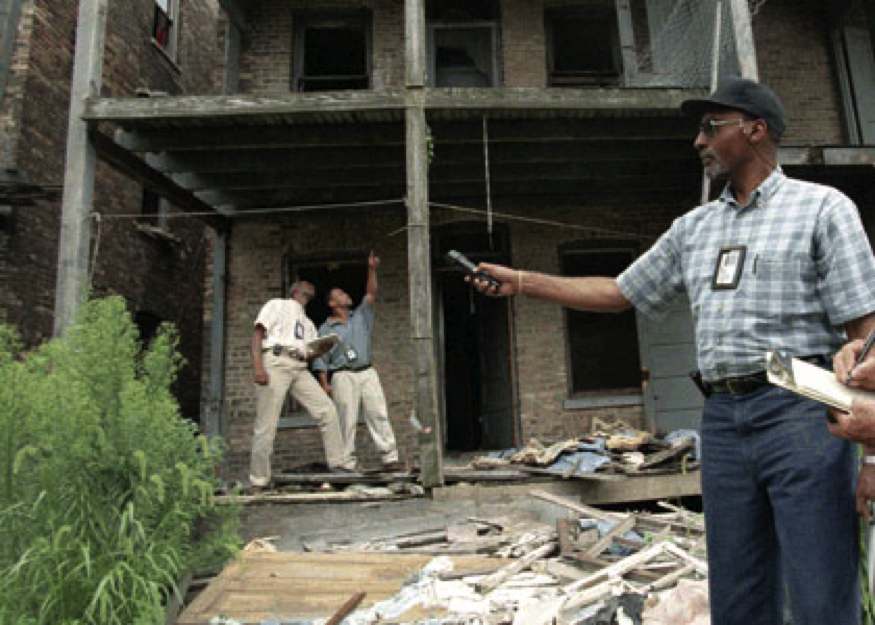In an effort to restore parts of Chicago instead of demolishing buildings, a city financing program that helps restore vacant and foreclosed apartment buildings has proposed to expand its restoration efforts into parts of Humboldt Park. Mayor Rahm Emanuel submitted the proposal to City Council of February 5. So what is the program, and what could it mean for vacancies and the Northwest side?

Source: cityofchicago.org
Program Details
The program, called the Multi-Family TIF Purchase-Rehab program, provides grants to help private developers purchase and rehabilitate vacant or foreclosed apartment buildings. In the proposal, these grants would be extended to the Division/Homan Tax Increment Financing (TIF) district. Grant amounts are currently determined by the percentage of apartments that are leased to income-qualified tenants at affordable levels over the course of 15 years. Maximum grant amounts cap at 50 percent of a project’s total cost, and the minimum building size is six unites. The program is already active within the Ogden/Pulaski, Chicago/Central Park, and Humboldt Park TIF districts, and would expand to the Division/Homan district if approved. That district is generally bound to North, California, Walton, and Hamlin Avenues.
What Does the Program Mean for the City
A goal for safety and thriving neighborhoods often includes having very few vacant buildings. Because vacant buildings attract crime of various types, it’s important to try as hard as possible to keep buildings from becoming beacons of vandalism and criminal activity. For instance, if a neighborhood has a vacant apartment building and people in the area are fully aware that no one is tending to the property, it can fast move into a state of disrepair, particularly if people take to breaking in and damaging the interiors. Some criminal activity that vacant buildings typically attract can include theft of copper pipe and wiring, but vacancies can also draw homeless squatters, drug dealing, prostitution, and other unsavory behavior.
In order to reduce the likelihood of this activity, it’s essential for building to be secured—even if they are soon to be rehabbed. In the interim, windows and doors should be protected with something to keep out criminals and vandals, such as a steel door guard system and window covers. With luck, this proposal will get a plan off the ground for rehabilitation, but in the mean time, it’s smart to protect those vacancies so that more damage can’t be done.




